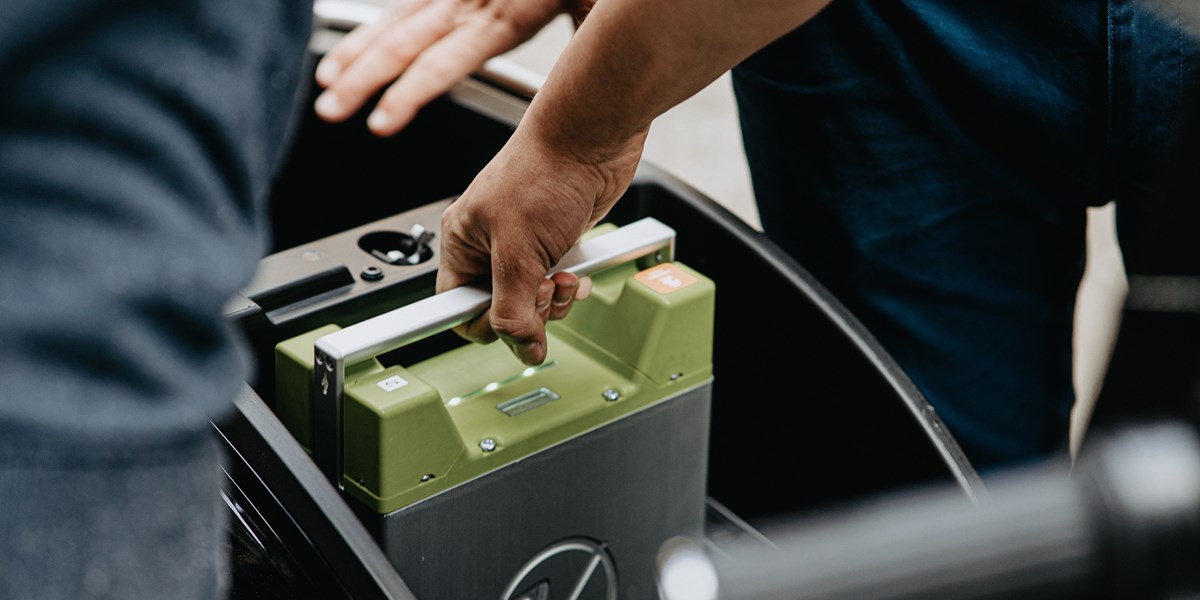A recent study published by Global Industry Analysts Inc. indicates the global market for carbon capture and storage could reach US$4.9bn by as early as 2026, despite the obvious interruption to progress caused by the COVID-19 pandemic.
The headlines from the report include:
- The global market for carbon capture and storage is estimated to finish 2022 at US$3.2bn then grow to reach US$4.9bn by 2026 (growth of around 9.9%).
- Although it has been hit by the pandemic and the ensuing economic uncertainty, post-combustion is projected to achieve 11.2% growth over the next 7 years, growth that would see it account for 11.3% of the global carbon capture and storage market.
- The carbon capture and storage market in the US is currently estimated at US$1.1bn or 33.5% of the global market.
- China is estimated to achieve a turnover of US$482m by 2026, growth of 11.4%.
- The world’s other noteworthy markets will be Japan and Canada, forecast to grow at 8.3% and 10.4% respectively.
- Within Europe Germany forecast to grow at approximately 8.6% while the rest of the European market is expected to reach US$546.9m by 2026.
- Industrial separation will generate $293.9m by 2026; this represents growth of 7.7% and this growth will be led by the USA, Canada, Japan, China and Europe.
- Activity in China, Australia, India and South Korea will see the Asia-Pacific industrial separation market grow to reach US$12.9m by the year 2026.
WHY WILL CARBON CAPTURE AND STORAGE ACHIEVE SUCH HIGH LEVELS OF GROWTH?
There are several reasons the carbon capture and storage (CCS) is expected to achieve this level of growth and cement its position as one of the major international industries over the next few years.
Need is of course the leading factor. The simple fact is we must reduce the volume of carbon emissions being produced across the world. The increasing attention being placed on finding commercially and environmentally viable ways to capture and store carbon has led to carbon capture being placed at the top of the list of potential solutions to the global climate crisis.
This level of attention has encouraged the second factor, more support and increasingly progressive policies coming from the world’s governments.
Most of the world’s governments have fully committed to encouraging and - more crucially - financing the industry’s attempts to find greener and more sustainable operating methods and to developing the technologies these methods will need to succeed.
And this leads us into the third major factor. We can see progress.
Over the last few years more than 40 CCS projects have been announced in Europe alone. The UK and Norway in particular are in the process of funding large scale projects. Their efforts are now being mirrored by Japan, Canada and Australia and the Asia-Pacific region is poised to join them with preliminary investments being made to launch new projects in India, Indonesia, and China.
WHAT COULD PREVENT CARBON CAPTURE ACHIEVING THIS PREDICTED GROWTH?
While carbon capture is nothing new - the US set up its first large scale commercial project in 1972 - there are still doubts as to whether it will ever make the difference it should in environmental terms.
The reasons for this broadly break down into two, capacity and cost.
Despite the promised investment in major new projects and the fact we all know the process does work, it remains the case that capturing and storing carbon for reuse is still expensive. Moreover, the projects currently in action are only capturing and storing a fraction of the emissions needed to make a real difference to the environment.
For us, bringing the cost down and increasing capacity are inextricably linked. Surely it’s a simple case of economies of scale.
So how can we reduce costs and increase capacity? The answer must be innovation. Using carbon capture and storage to address climate change will require innovation to improve the technologies that have been created to help limit future emissions.
Partly this will be improvements in the technology being used to capture the carbon emissions produced by our ‘dirtiest’ industries, construction, manufacturing and chemicals.
Finding new ways to capture, store and reuse the carbon produced by other heavy pollutants - shipping for example - are also underway.
But however good the technology is, it has to be widely used and cost is currently prohibiting adoption. Put very bluntly, it is still cheaper to let your carbon dioxide escape from your smokestacks than it is to add what is ostensibly a chemical plant on the back of your factory.
This is why we think capture technology that increases capacity and reduces cost has to be the overriding objective for the next chapter in the development of carbon capture technologies.
And this definitely doesn’t all come down to the engineering, materials also have a huge part to play.
Over the past 10 years, there has been huge steps forward in adding new solvents (and their mixtures) and new catalysts into the capture processes alongside new, improved columns and other hardware.
Initial findings suggest this alone has allowed users to save more energy and, critically, reduce costs by up to 70%.
As patent attorneys we are excited to see how carbon capture develops and look forward to continuing to play our small part in ensuring the next raft of innovation is properly protected and commercialised for our growing number of cleantech and environmentally focused clients.
If this blog raises any questions or you would like to find out how we can help you make sure your innovations achieve the maximum commercial and environmental value, please contact our specialist energy and cleantech team today.







